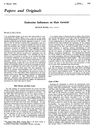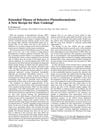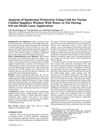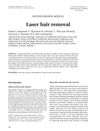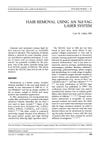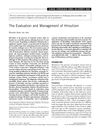Theoretical Considerations in Laser Hair Removal
April 1999
in “
Dermatologic Clinics
”
laser hair removal hair follicle bulge bulb selective photothermolysis melanin chromophore hair growth cycle temperature rise hair bulb destruction fluence wavelength spot diameters pulse durations cooling methods epidermis LHR hair follicle bulge bulb selective photothermolysis melanin chromophore hair growth cycle temperature rise hair bulb destruction fluence wavelength spot diameters pulse durations cooling methods epidermis
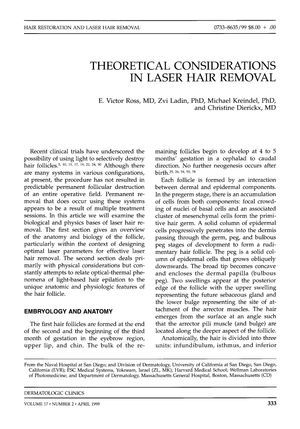
TLDR Laser hair removal effectiveness depends on targeting hair structures without harming the skin, and improvements require more research and expert collaboration.
The document from 1999 explores the theoretical aspects of laser hair removal (LHR), focusing on the importance of targeting the hair follicle's bulge and bulb for effective treatment and the challenges of doing so without damaging surrounding tissue. It discusses the principle of selective photothermolysis, the role of melanin as the primary chromophore, and the influence of the hair growth cycle on treatment efficacy. The paper suggests that a temperature rise of approximately 65°C is necessary for hair bulb destruction, achievable with a fluence of about 25 J/cm² at a 700 nm wavelength, and that larger spot diameters and longer pulse durations can improve outcomes. Cooling methods are also considered essential for protecting the epidermis. The document concludes that while theoretical models can guide optimization, actual results may vary, and further research and collaboration among experts are needed to refine LHR techniques.

